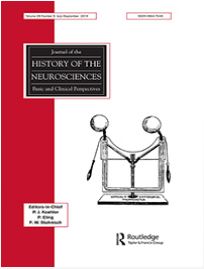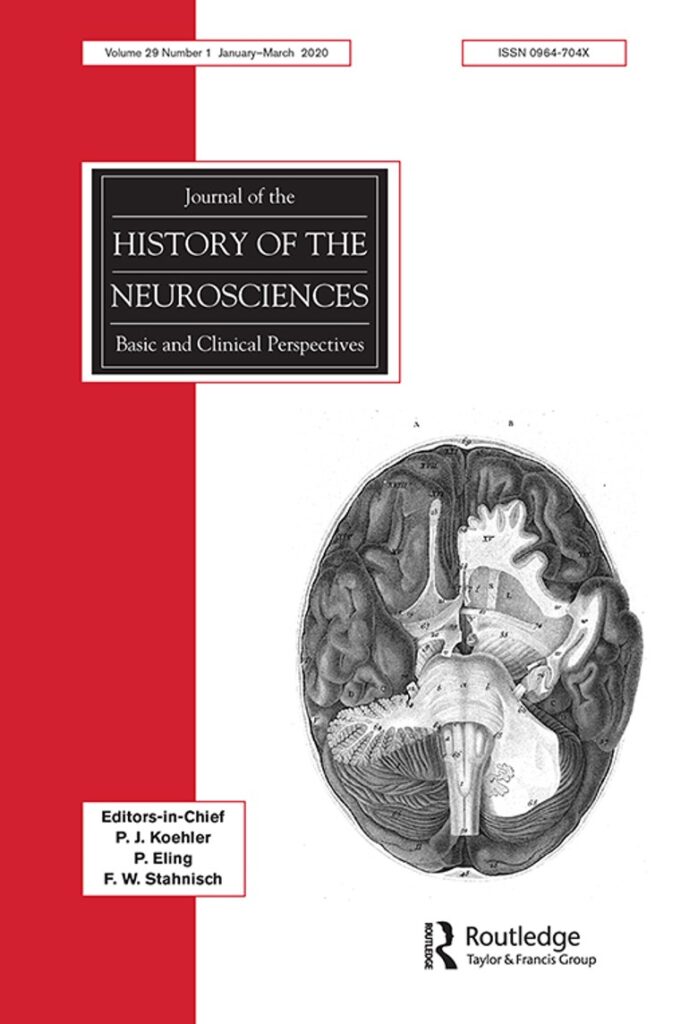Coalfield Justice: The 1984-85 Miners’ Strike in Scotland

10 of the Best Books on the History of American Labor

‘Childless cat ladies’ have long contributed to the welfare of American children − and the nation
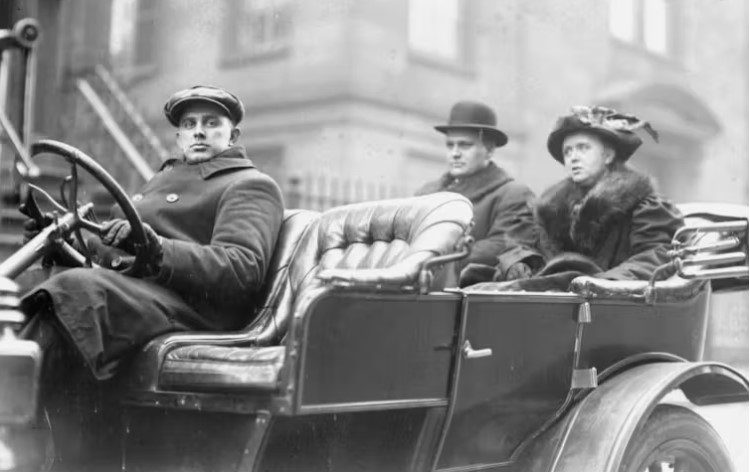
Social reformer Katharine Bement Davis, right, wrote that she ‘had a good deal to do in the way of looking after other people’s husbands and children.’
Talcott Parsons on building personality system theory via psychoanalysis

‘There not being any place to keep her’: Incarcerating Women in Nineteenth-Century Western Australia
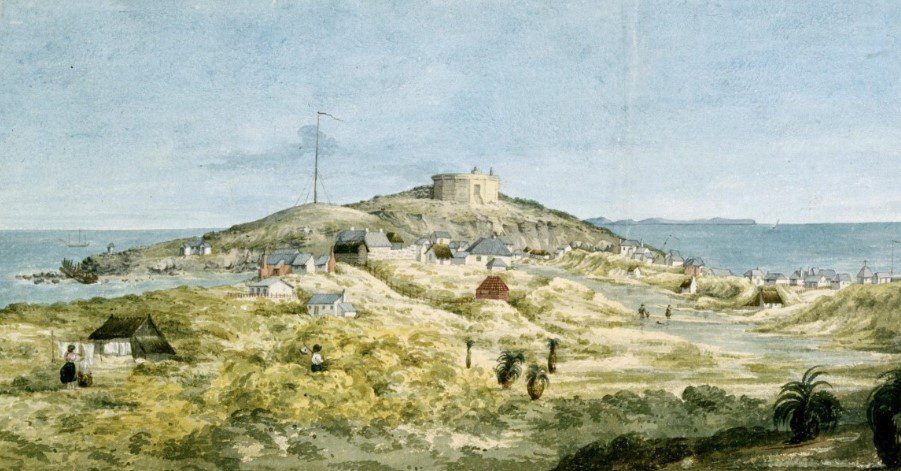
The Fremantle Gaol, known as the Roundhouse overlooked the small settlement of Fremantle in 1832. Panorama of the Swan River Settlement, Jane Eliza Currie, 1830-1832
2,200 Radical Political Posters Digitized
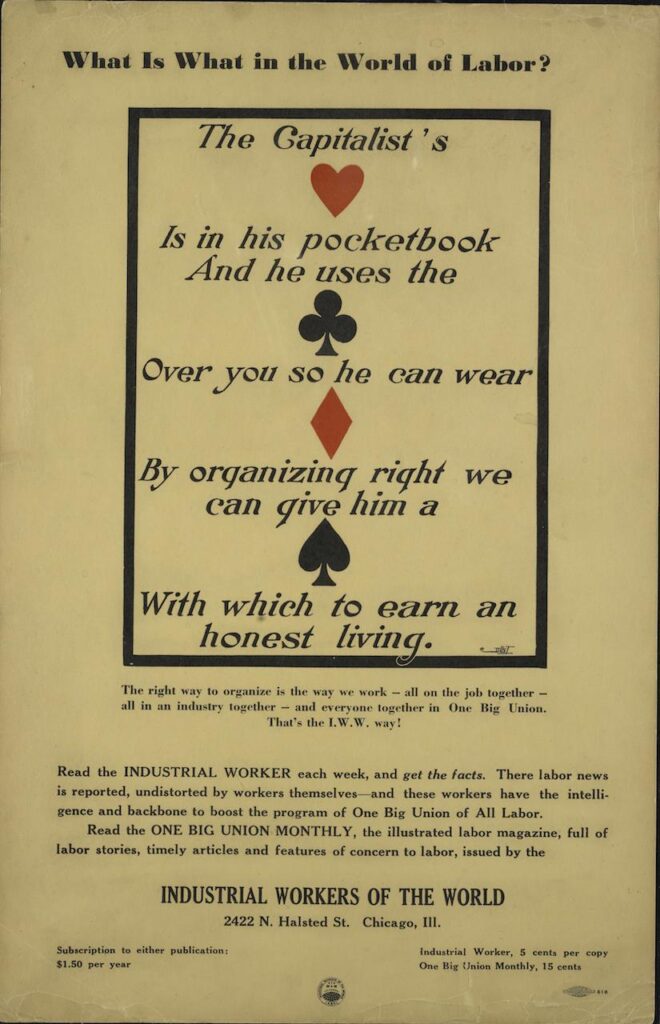
A Fleeting Utopia: The Rise and Fall of the “Women’s Hotel” in American Cities

The saga of James Lucett and the process for curing insanity, Part 2 (1814–38): ‘Insanity cured’

A history of survival: preserving and working with an archive of single parent activism
Edward Trautner (1890–1978), a pioneer of psychopharmacology
‘A very sensitive Rwandan woman’: sexual violence, history, and gendered narratives in the trial of Pauline Nyiramasuhuko at the international criminal tribunal for Rwanda, 2001-2011
Reflections from pioneering women in psychology by Jamila Bookwala, Nicky J. Newton(Eds.), Cambridge University Press. 2022. pp. 366. $39.99 (ebook). ISBN: 9781108891004
The book history of Rona M. Fields’s A Society on the Run (1973): A case study in the alleged suppression of psychological research on Northern Ireland

Abstract
The US psychologist Rona M. Field’s book A Society on the Run (1973) offered a psychological account of the nature and effects of the Northern Irish Troubles at their peak in the early 1970s. The book was withdrawn shortly after publication by its publisher, Penguin Books Limited, and never reissued. Fields alleged publicly that the book had been suppressed by the British state, a claim that has often been treated uncritically. Local Northern Irish psychologists suggested that the book was taken off the market because of its scientific deficiencies. Rigorous book-historical investigation using Penguin editorial fields reveals, however, that what might appear to be a case of state suppression, or an instance of disciplinary boundary work, can be explained instead by the commercial interests and professional standards of a publisher keen to preserve its reputation for quality and reliability.
Historicising the perpetrators of sexual violence: global perspectives from the modern world
From forced to coerced labour: displaced mothers and teen girls in post-World War II Australia
Communist psychology in Argentina: Transnional politics, scientific culture, and psychotherapy (1935‐1991) Luciano Nicolás García Springer. 2022. pp. 208. $109 (cloth). ISBN: 978‐3‐031‐15620‐5

Remedies for the housewife’s nervousness: Life advice in Abraham Myerson’s popular self‐help texts, 1920–1930

The Patriarchs: The origins of inequality
Dangerous liaisons, or strategies for family management in eighteenth-century Venice

‘Facts that are declared proven’: sexual violence, forensic medicine, and the courtroom in early Francoist Spain.
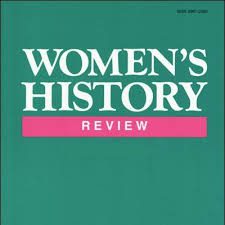
Six Historic New England Diners
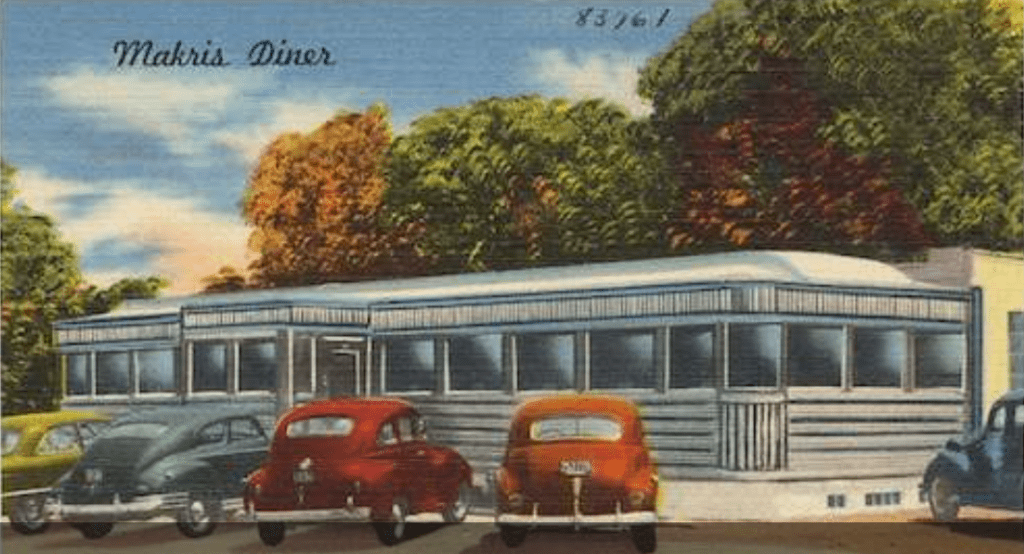
You may not find a better example of the 2,000 diners made by the Jerry O’Mahony Co. than the Makris Midtown Diner in Wethersfield, Conn. The O’Mahony company churned out diners in Elizabeth, N.J., until 1941.
Breaking the Gender Code: Women and Urban Public Space in the Twentieth-Century United State. By Georgina Hickey

Savers and Borrowers in the Swedish Working Class During the 19th Century—A Life Cycle Perspective

British criminology, undercover policing, and racist attacks: Notes on the ‘law and order’ information infrastructure

Look Inside Hereafter: The Telling Life of Ellen O’Hara
PBS Hawaiʻi documentary features social activist UH’s McElrath
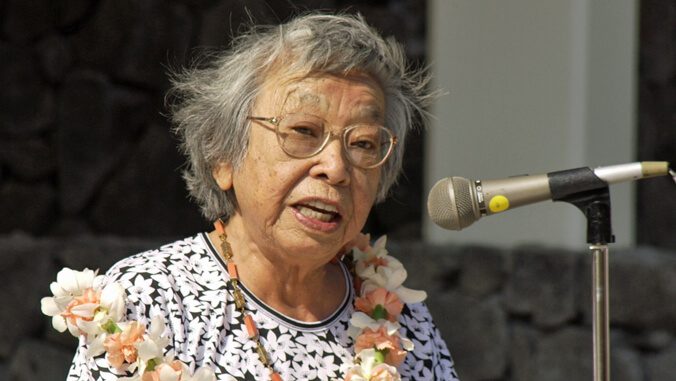
Early foster care gave poor women power, 17th-century records reveal

Antipsychotic Drugs: A Concise Review of History, Classification, Indications, Mechanism, Efficacy, Side Effects, Dosing, and Clinical Application

The Influence of Clan Culture on the Demand for Family Commercial Health Insurance: The Case of China

Journal of Family History, Ahead of Print.
This article examines the reasons for the underdevelopment of commercial health insurance as a family risk-sharing mechanism, from the viewpoint of traditional Chinese clan culture. Using genealogical data to create city-level indicators of clan culture, this study investigates its impact on the demand for family-oriented commercial health insurance. The results indicate a negative correlation between the intensity of clan culture and the demand for family commercial health insurance, and a smaller percentage of income allocated to health insurance premiums in areas with stronger clan culture. This crowding-out effect primarily occurs through bilateral transfer payments encouraged by mutual aid among clan members.
The Cosmopolitans: Cocktail Culture, Gender, and Social Status in Interwar Singapore

This article explores the emergence of cocktail culture in interwar Singapore. Mixed alcoholic drinks were consumed by British men in Singapore from at least the 1910s, including the famous “Singapore Sling.” However, it was not until the 1920s that cocktails became the drink of choice for elite men and women from Singapore’s Chinese, British, and Eurasian communities. The consumption of American popular culture and exchange with American colonists in the Philippines helped the cocktail to become a symbol of tropical modernity. At the same time, the possibilities of home entertaining were transformed by the increasing availability of American-made domestic refrigerators in Singapore from the mid-1920s. Multiethnic elites, accustomed to frequenting bars and cafés to enjoy cocktails, began to host their own cocktail parties with the help of their Chinese servants. The interwar cocktail party offered the wealthy a means to display conspicuous consumption and cosmopolitan modernity. They did so in a way that unsettled but did not overturn colonial hierarchies based on gender, race, and class.
‘It is a kind of marriage’: When Denmark held the first ever same-sex civil unions
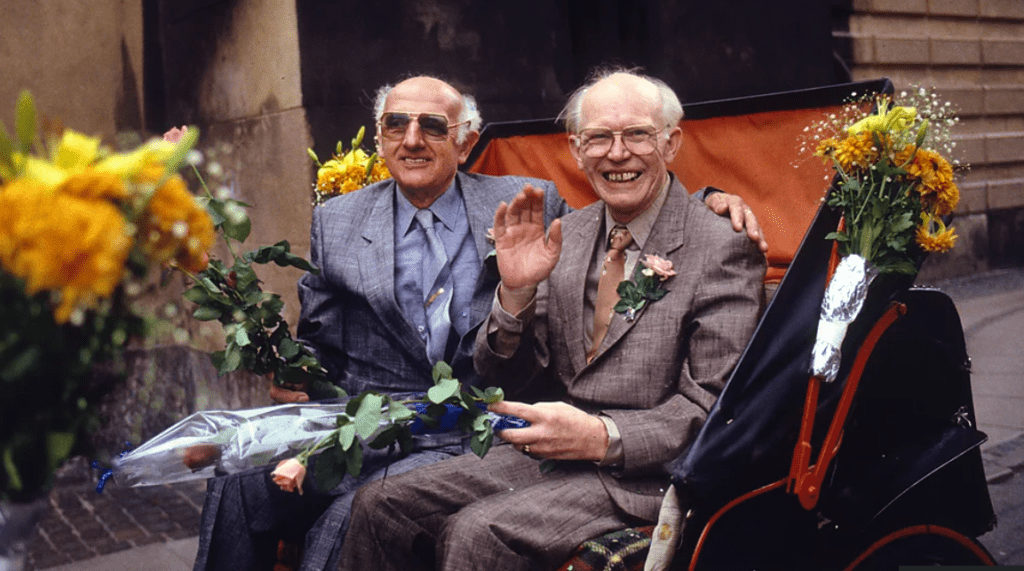
There are fragments of Romani Gypsy history all over the UK – if one knows where to look

From Dust They Came: Government Camps and the Religion of Reform in New Deal California
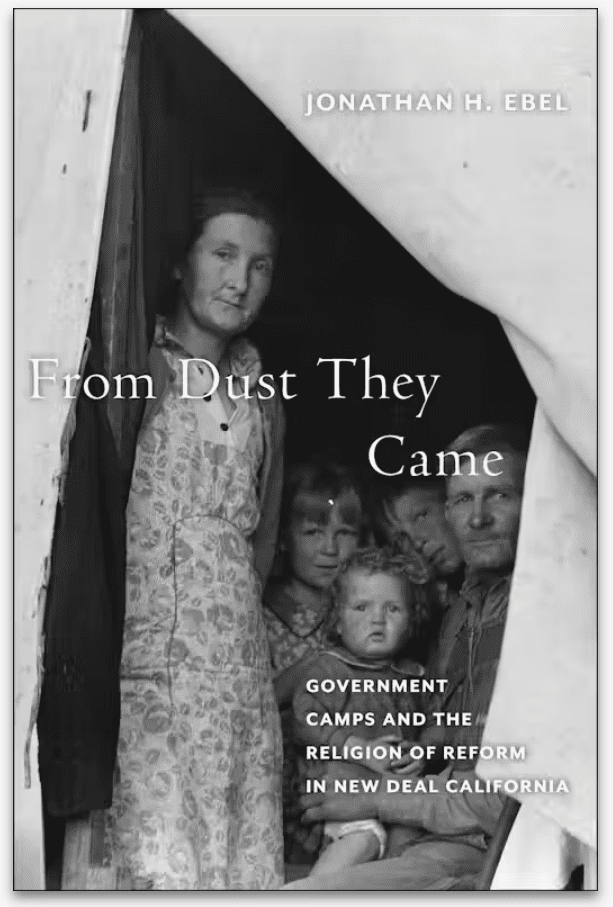
The Dover Mill girls walk out in America’s 1st women’s strike

“Sick and Tired of Being Sick and Tired”: Inequality, Disease, and Death in American History

Safe Sex and the Debate over Condoms on Campus in the 1980s: Sperm Busters at Harvard and Protection Connection at the University of Texas at Austin

“Longing and Hope and Sadness and Anger”: Disentangling the Social and the Human

Childhood in the Jewish History of Southern Ukraine in 1919–1920: Family Experience of Violence during the Pogroms
Journal of Family History, Ahead of Print.
The article focuses on how the anti-Jewish pogroms of 1919–1920 affected Jewish children through the lens of family history. It explores demographic data and factors that influenced children and families in Southern Ukraine during that period. The article attempts to reconstruct the children’s experience through their parents’ testimonies and the memories of individuals who endured the anti-Jewish pogroms during childhood. It also analyzes how the experience of the anti-Jewish pogroms has transformed in historical memory and its current influence on public opinion.
Building a Social Contract: Modern Workers’ Houses in Early Twentieth-Century Detroit
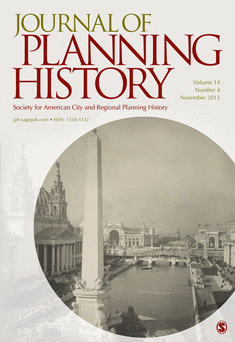
Professional women: the public, the private, and the political
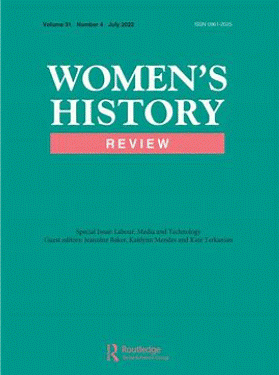
Redlining Maps Didn’t Affect Neighborhoods the Way You Think They Did
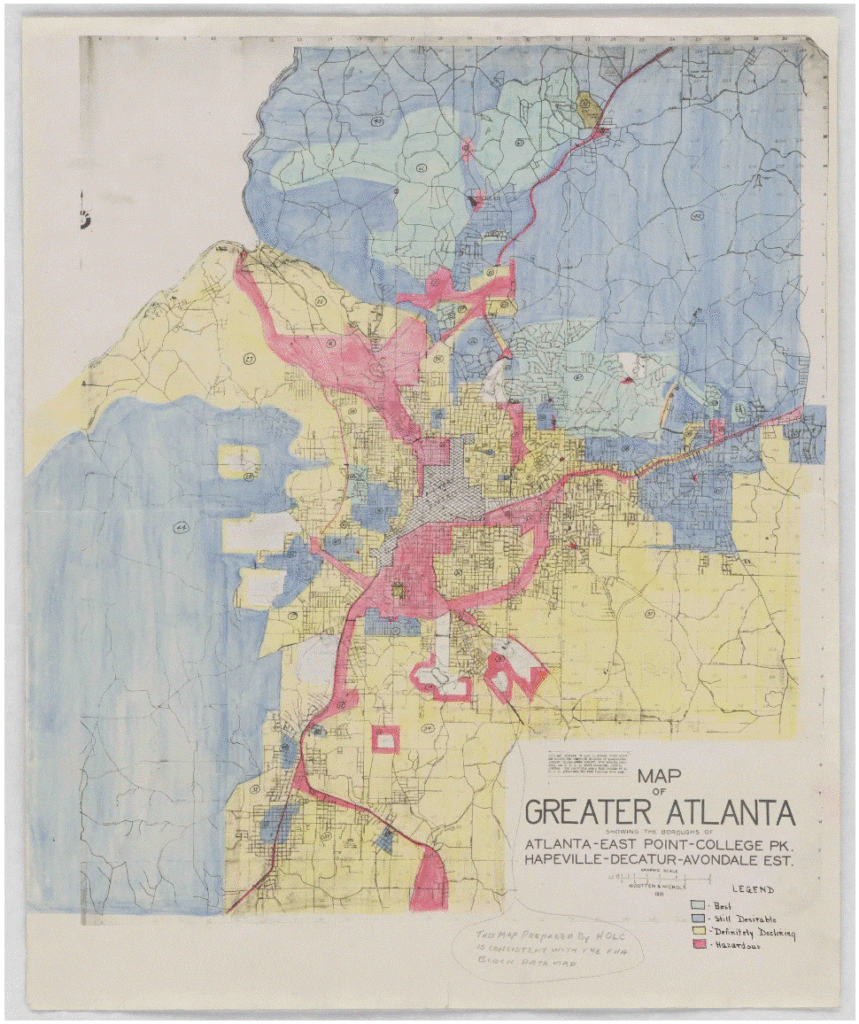
Home Owners’ Loan Corporation maps have long been blamed for racial inequities in today’s Black neighborhoods, but recent research shows that’s misleading.
The Ambiguities and Vagaries of Popular Control: Trust and Parochial Corruption in Early Modern England

Civilized into sleeplessness: a transatlantic study of insomnia at the fin de siècle

Aestheticizing the Pain: A Critical Analysis of Media Representation of Earthquake Victim Children in Turkey

Practicing Censorship? Paper, Print, and Democracy in India
Examining a series of legal challenges by newspaper companies in the first half-century after Indian Independence (1947), this essay examines the legal boundaries and practical content of press freedom in postcolonial India. The cases, which were concerned with official regulation of page length, newsprint allocation, and customs duties, were far from obvious attempts at censorship. And yet the petitioners claimed that such regulation of form, price, and material did, in fact, violate their constitutionally guaranteed right to freedom of speech and expression. Meanwhile, the newly democratic Indian state contended that its prescriptive directives were affirmative measures intended to protect fledgling newspapers from competition with larger conglomerates—and, thus, necessary to ensure such diversity of news and opinion as fostered genuine freedom of the press. In drawing attention to more prosaic and oblique ways in which the press can be controlled, this essay highlights the complexity of defining press freedom in practice, especially in functioning democracies that not only hope to maintain that status but also retain international credibility. The legal battles point to the tension between abstract ideas of freedom and affirmative commitments to equity as it materialized in a newly independent country with tremendous diversity. Given that these cases stretch across the Emergency (1975–77)—which remains a defining event in terms of formal state censorship in postcolonial India—they also demonstrate how routine strategies of control often have a more subterranean timeline that traverses formal disruptions in state–press relations, including, in this case, the transition from colonialism to independence.
Vigilance, Popular Control and Neighborhood Surveillance in Besieged Paris (1589–1591)

Surveillance studies often recall that Michel Foucault had identified the health crises of the plagues of the Ancien Régime as precursory moments in the establishment of modern surveillance. Episodes of civil wars are certainly another example. This study takes for object the capital of the kingdom of France at the siege of Paris, in 1589–1591, when Henry III and then Henri IV tried to reduce to their authority in the rebellious city, head of the Ultra-Catholic Ligue. This unprecedented experience of fear and generalized suspicion allows us to study how the usual mechanisms of social control are used for political ends, but also how new surveillance procedures emerge, based on the written word and a desire for rationalization. This article uses a wide range of sources, from municipal decisions to the reports of chroniclers, but relies mainly on the judicial archives of the Parlement and the Hôtel de Ville to draw up a social history as close as possible to ordinary Parisians. Taking a ground-level approach, the study is particularly interested in ordinary agents of urban control and forms of day-to-day and face-to-face surveillance. In this exceptional climate, the routine work of watching others in the neighborhood turned to political surveillance. The key actors were the Militia, whose action relied on the Parisians themselves, considered as “the eyes and ears” of the League authorities to know who the enemies were and to testify of the loyalty of the inhabitants.
Stefanie Coché, Psychiatric Institutions and Society: The Practice of Psychiatric Committal in the Third Reich, the Democratic Republic of Germany, and the Federal Republic of Germany, 1941–1963

CochéStefanie, Psychiatric Institutions and Society: The Practice of Psychiatric Committal in the Third Reich, the Democratic Republic of Germany, and the Federal Republic of Germany, 1941–1963, translated by SkinnerAlex, London: Routledge, 2024. Pp. xii + 347. £130. Hdbk. ISBN 978-1-0327-1617-6.
Taken as Red, Highs and Lows of the Labour Party, 1924-2019
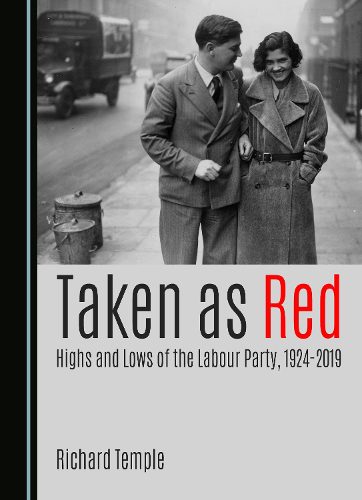
Hikikomori (引きこもり): Ancient term, modern concept
